Simon Borg Olivier: Applied Anatomy and Physiology of Yoga
APPLIED YOGA ANATOMY2
[27 mp4 , 1 pdf , 12 txt]
Description
**** elib.tech Exclusive ****Help us keep elib all the more special for its exclusivity. Out of respect for the original authors and publishers,please do not make this product available outside of our community.Thanks for keeping elib awesome! WEBSITE :http://anatomy.yogasynergy.com/Price :AU$ 58713 Weeks WebcourseThese are the complete Videos of the Program – but i´ve got only a sample of the book Teaching Topics Week 1: Introduction to the applied anatomy and physiology of yoga Topic 1.1: The purpose of yoga Topic 1.2: Introduction to functional musculoskeletal anatomy Includes how to simplify 250 joints of the body to 9 joint complexes and how to simplify 650 muscles to 20 muscle group pairs. Topic 1.3: Introduction to the functional anatomy and physiology of the nervous system Includes how to use your nerves to develop length, strength and relaxation in your muscles without stress, strain or pain. Topic 1.4: Stretching, strengthening and relaxation and the relationship between them Includes how to create 18 bandhas throughout the body that can stabilise your joints and move energy and information. through your body Week 2: Applied functional anatomy of the upper limb (A) Topic 2.1: Applied functional anatomy of the shoulder joint complex (Amsa Bandha) Includes how to use your shoulder during yoga and exercise to develop core strength as well as nourish your trunk, neck, heart and lungs. Week 3: Applied functional anatomy of the upper limb (B) Topic 3.1: Applied functional anatomy of the elbow joint complex (Kurpara Bandha) Includes how to control and strengthen your your elbows during yoga and exercise and use them to stabilise and strengthen your wrists and shoulders. Topic 3.2: Applied functional anatomy of the wrist joint complex (Mani Bandha) Includes how to strengthen your arms during yoga and exercise and use them to manipulate your spine. Week 4: Applied functional anatomy of the lower limb (A) Topic 4.1: Applied functional anatomy of the hip joint complex (Kati Bandha) Includes how to use your hips during yoga and exercise to develop core strength as well as nourish your trunk, digestive organs and reproductive system. Week 5: Applied functional anatomy of the lower limb (B) Topic 5.1: Applied functional anatomy of the knee joint complex (Janu Bandha) Includes how to keep your knees safe during yoga and exercise and how to recover after knee injuries. Week 6: Applied functional anatomy of the lower limb (C) Topic 6.1: Applied functional anatomy of the ankle joint complex (Kulpha Bandha) Includes how to strengthen your ankles and use your legs during yoga and exercise to mobilise the spine and treat your internal organs. Week 7: Applied functional anatomy of the spine and the torso (waist, chest, neck and head) Topic 7.1: Applied functional anatomy of the waist joint complex (Mula Bandha) Includes how to achieve core stabilisation without causing excessive stress and inhibiting your internal organs. Topic 7.2: Applied functional anatomy of the chest joint complex (Uddiyana Bandha) Includes how to use your chest and upper back to mobilise your spine, stabilise your trunk and control your heart and lungs. Topic 7.3: Applied functional anatomy of the neck joint complex (Jalandhara Bandha) Includes how to maintain a pain-free and stable neck while allowing a free conduit for the flow of energy and information between your brain and the rest of your body Week 8: The effects of exercise and breathing on the cardiopulmonary system Topic 8.1: Applied functional anatomy and physiology of the cardiopulmonary system Topic 8.2: The effects of breath-control exercises of Indian hatha yoga and Chinese Taoist yoga on the main body systems (Pranayama) Includes how to use breath-control to control the movement of oxygenated blood from your heart and lungs through the rest of your body effectively. Week 9: The effects of exercise and breathing on the nervous system Topic 9.1: Applied functional anatomy and physiology of the nervous system Topic 9.2: Effects of Indian hatha yoga and Chinese Taoist yoga on the nervous system, the acupuncture meridian system and the cakra-nadi-marma system Includes how to use an understanding of your nervous system to tension (stretch) nerves and acupuncture meridians; how to direct the movement of energy and information through your body; and what you need to do to achieve blissful and nourishing states of internal silence and meditation. Week 10: The effects of exercise and breathing on the body systems (A) Topic 10.1: Applied functional anatomy and physiology of the digestive system Topic 10.2: Effects of Indian hatha yoga and Chinese Taoist yoga on the digestive system Includes yogic nutrition and how you can learn to comfortably eat less to live longer and healthier. Topic 10.3: Applied functional anatomy and physiology of the immune system Topic 10.4: Effects of Indian hatha yoga and Chinese Taoist yoga on the immune system Includes how to use exercise, diet and breathing to nourish your immune system to quickly and effectively recover from injury or illness. Topic 10.5: Applied functional anatomy and physiology of the renal system Topic 10.6: Effects of Indian hatha yoga and Chinese Taoist yoga on the renal system Includes how to use exercise and breathing to nourish your kidneys and harness your inner energy. Topic 10.7: Applied functional anatomy and physiology of the male reproductive system Topic 10.8: Effects of Indian hatha yoga and Chinese Taoist yoga on the male reproductive system Includes how to use yoga and breath-control to nourish the male reproductive system, enhancing fertility, hormone health and sexual function. Week 11: The effects of exercise and breathing on the body systems (B) Topic 11.1: Applied functional anatomy and physiology of the female reproductive system Topic 11.2: Effects of Indian hatha yoga and Chinese Taoist yoga on the female reproductive system Includes how to use exercise, diet and breathing to nourish the female reproductive system; how to approach yoga during menstruation; how to practice yoga and exercise during and after pregnancy; and how to present safe yoga to the developing child. Topic 11.3: Applied functional anatomy and physiology of the endocrine system Topic 11.4: Effects of Indian hatha yoga and Chinese Taoist yoga on the endocrine system and the cakra-nadi-marma system Includes how to use exercise, diet and breathing to nourish your endocrine system; the use of mental control in the emerging field of pyscho-neuro-immunology; and the relationship between the endocrine glands, nerve plexuses and yogic chakras. Week 12: Comparative eastern/western applied anatomy and physiology of exercise and breathing Topic 12.1: The effects of special yoga asanas (static postures), vinyasas (dynamic exercises), pranayamas (breath-control exercises), kriyas (cleansing processes) and mudras (energy control techniques) of Indian hatha yoga and Chinese Taoist yoga on the body Includes explanations and instructions on yogas most closely guarded secrets, the incredible abilities they can offer and the reasons why they have been kept as secret traditions for so long. Topic 12.2: Comparison of the systems of Indian and Chinese medical science with western medical science Includes how to benefit from a western scientific approach to traditional yoga, and how to benefit from an eastern approach to Western exercise. Week 13: Exam Topic 13.1: Course revision Topic 13.2: End of course multiple choice exam
You must be logged in to post a review.

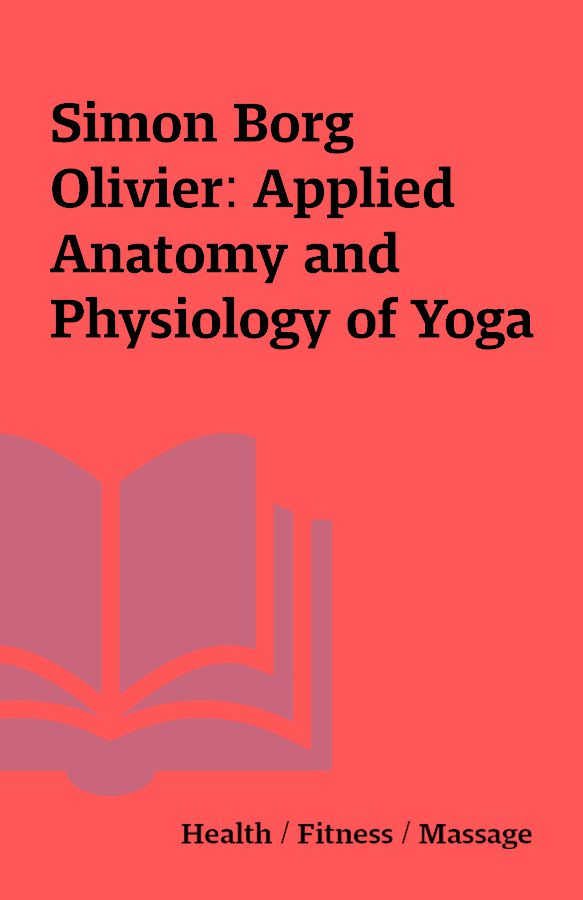
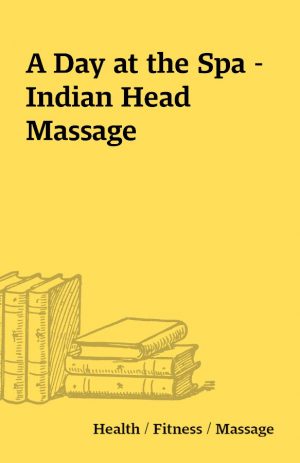
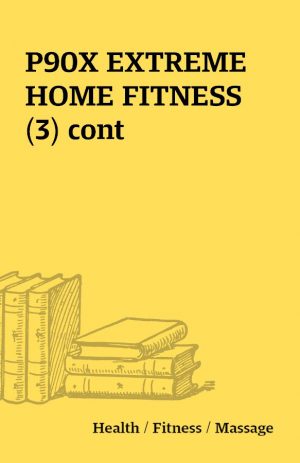
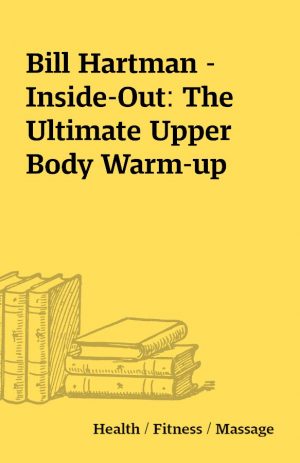
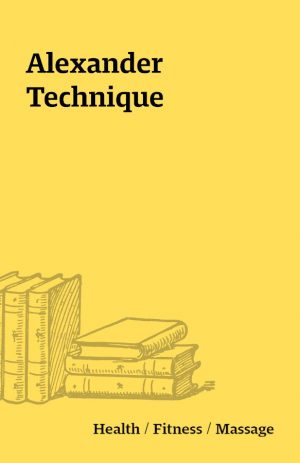
Reviews
There are no reviews yet.